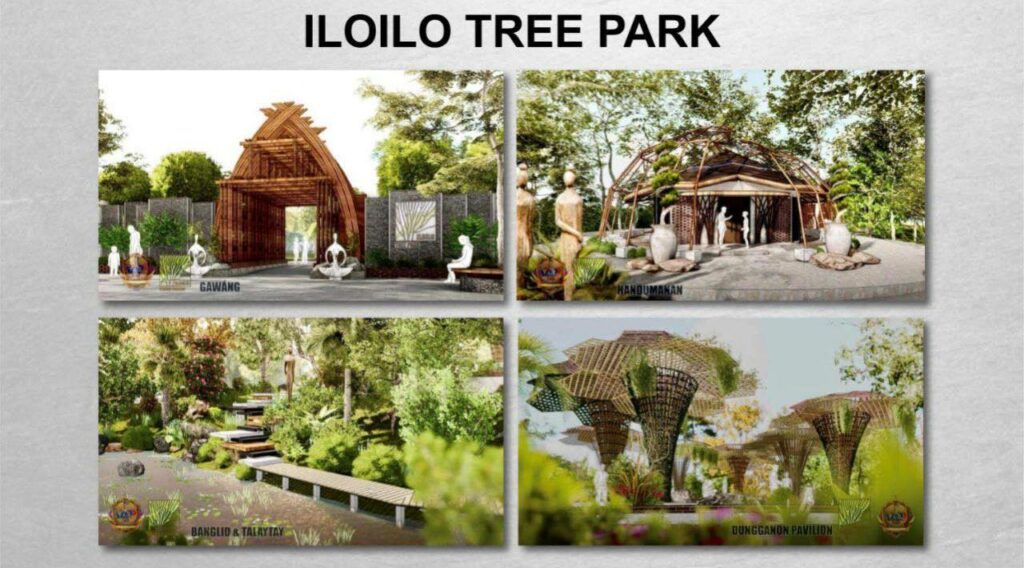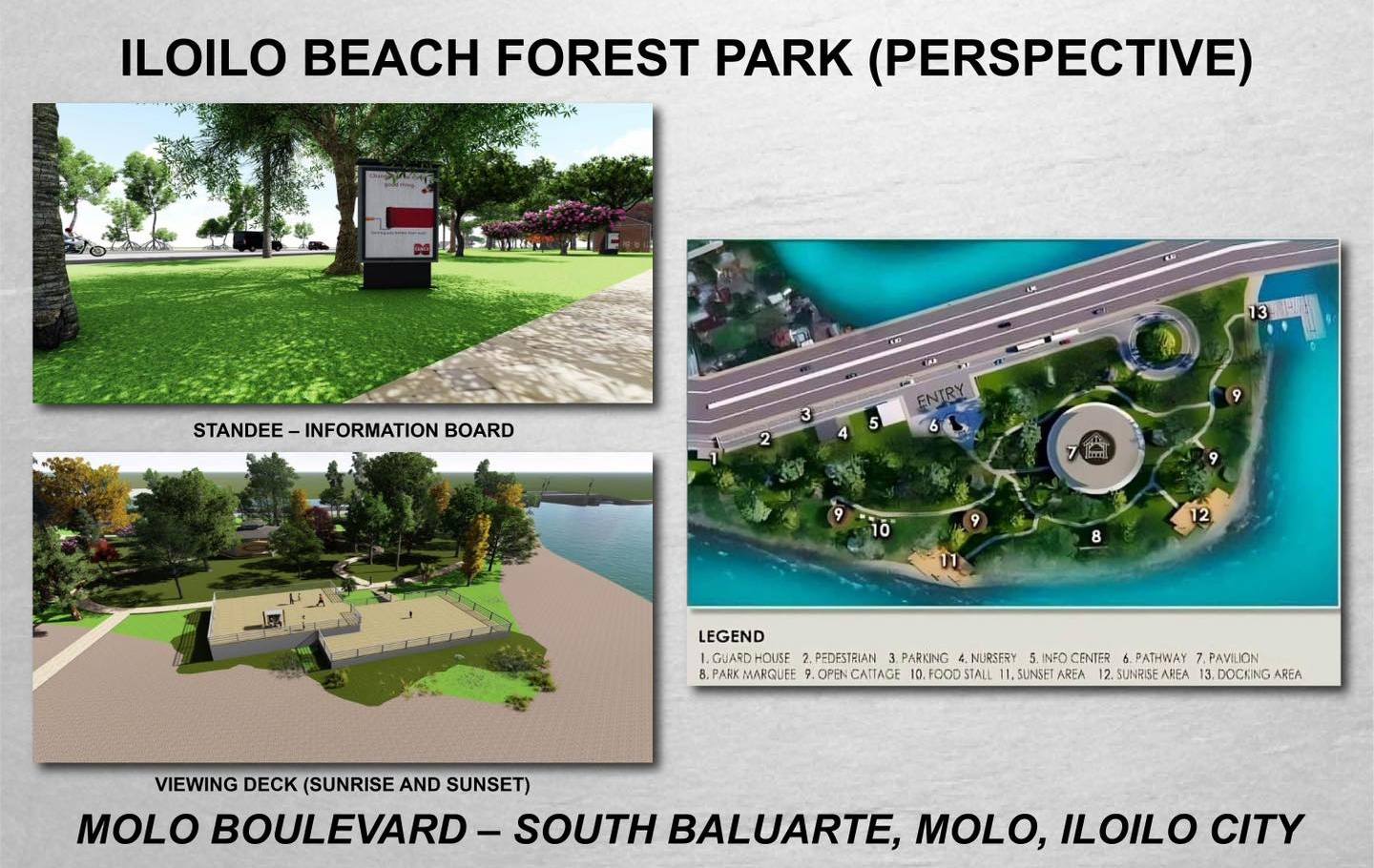Iloilo City promotes environmental sustainability with tree parks, beach forests

To mitigate the impact of climate change and promote sustainability, Iloilo City Mayor Jerry P. Treñas is pushing for the development of tree parks and beach forests in the metropolis.
These are among the sustainable projects under Treñas’ roadmap for inclusive development, WHEELS (Welfare, Health, Education, Environment, Livelihood, and Sustainability); and one of the four pillars under his “The Way Forward” agenda as announced in his State of the City Address (SOCA) recently.
The three-hectare Iloilo Tree Park Development Project is in the works in Brgy. Lanit, Jaro which is part of the interconnected network of greening projects.
Though the City Environment and Natural Resources Office (Cenro) and partner organizations, massive tree planting drives to promote native trees to mitigate the impacts of climate change are being done regularly.

Planting of native trees are done at the Iloilo City Tree Park Network Project in Molo, La Paz and Jaro; the Beach Forest along the coast of Barangay Boulevard, Molo; and in City Hall in partnership with the Zoological Society of London (ZSL), and Globe.
Clean-ups are also being conducted every week, with tree park personnel or “forest guards” being deployed to ensure cleanliness and maintenance of the area.
Also, around 200 hectares of arboretum, a botanical garden devoted to trees, have been planted with different native trees in the Mangrove Eco-Park at Hinactacan, La Paz.
The tree park area in Lanit, Jaro is currently undergoing filling works by the Department of Public Works and Highways to elevate the site to make it suitable for planting trees and to prevent flooding.
City Government has partnered with the United Architects of the Philippines (UAP)-Bahandi Chapter, which has creatively designed the tree park. It will also feature the Ati Livelihood Center where the indigenous people can present their own products and conduct discussions.
The native species of saplings burgeoning in the said areas were carefully selected with the active participation of native tree enthusiasts to create a much greener environment that will preserve ecological balance, enhance biodiversity, and combat the climate crisis.

